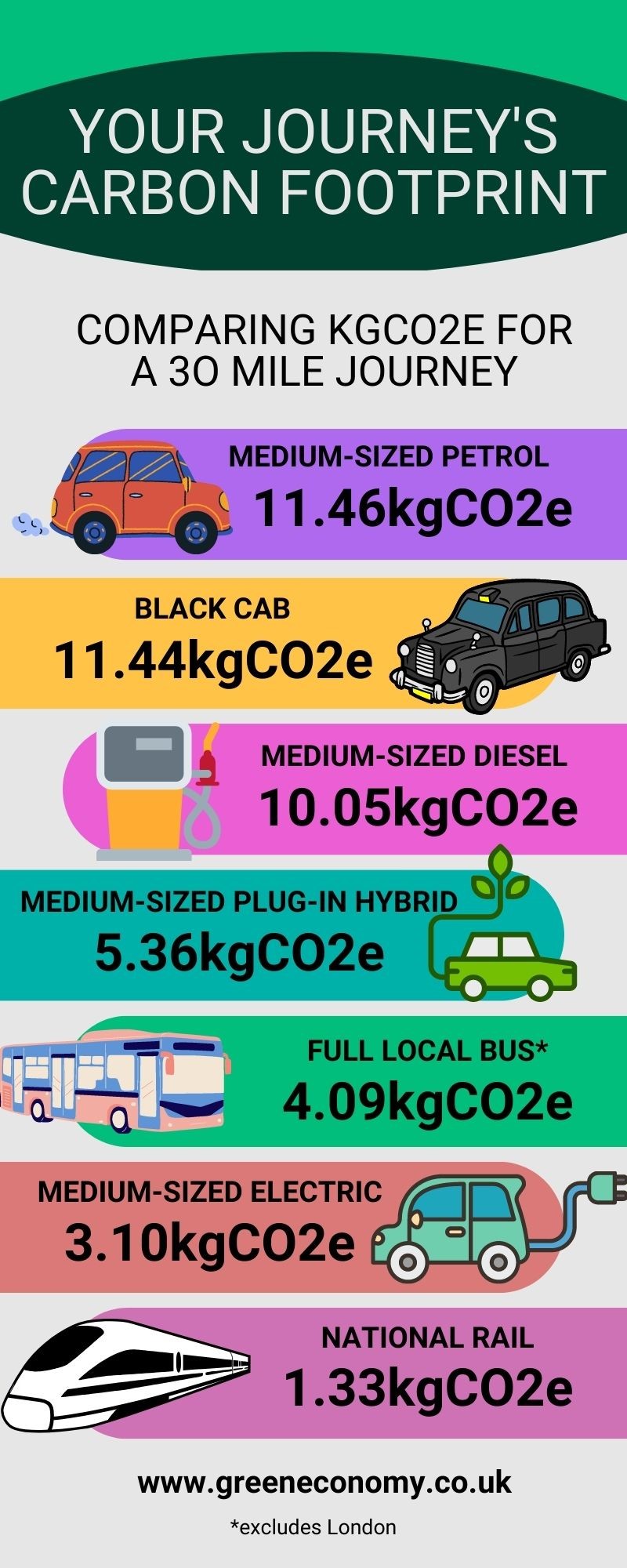5 sustainable changes to make for Earth Day 2023
Read time: 4 minutes

Read time: 4 minutes

2023’s Earth Day lands on April 22nd, celebrating our planet and encouraging investment in climate adaptation, mitigation and management. Here are five sustainable changes you can make for you and your business to decarbonise and invest in our planet.
LED lighting is a quick, easy win for businesses looking to decarbonise,” says Ashley Hulme, Green Economy Advisor. “Most properties will have the infrastructure in place to swap light-for-light or in most cases reduce the number of fittings required which will bring instant results.”
Estimates have shown that switching to LED technology could help businesses and households across the UK eliminate an estimated 3.9 million tonnes of CO2 emissions. On average, installing LEDs in your home or business generates a 50-80 per cent reduction in energy use and cost savings from the moment of installation. This represents a cost-savvy, simple and effective means of decarbonising a property with more efficient lighting technology.
Read our comprehensive LED guide for more information.
Have you got a clear, concise, and practical environmental policy in place?
An environmental policy will give a better understanding of your company’s impact, set the foundation for meaningful and measurable environmental improvement, demonstrate to staff and customers that you take environmental issues seriously, and communicate to stakeholders that you are taking necessary steps to grow sustainably. An increasing number of people care about the environmental policies corporations publish, and weak, greenwashed policies risk facing harsh scrutiny.
When writing your environmental policy, it’s essential to be clear, use formal, business-like language, state your policy and remain on-topic. Corporate jargon and statements that can’t be supported with evidence should be avoided.
If you need support writing your environmental policy, sign up to the fully funded Low Carbon Skills: Journey to Net Zero programme and learn how to develop clear, meaningful policies for your business.
Think about the way you and your staff travel to the office and between meetings. Are you encouraging public transport use and low carbon travel? Have you implemented a Cycle to Work scheme to encourage your staff to uptake sustainable transport?
The difference in CO2 emissions generated over a single journey by a petrol car compared to national rail, for example, is substantial. By encouraging a switch to public transport and low carbon transport, you can decarbonise your businesses travel emissions leading to a plethora of benefits, including cleaner air, less pollution, and healthier staff.
An excessive amount of energy is required to keep our digital world ticking over. The internet consumes around 416.2TWh of electricity per year and contributes to 3.7 per cent of global carbon emissions. Poorly designed websites with superfluous content generate higher levels of associated emissions each time someone visits the webpage.
The recommended target is for no more that 1g of carbon to be produced each time someone visits your website. At present, energy consumption of digital technologies is increasing by 9 per cent each year, largely owing to the fact that more businesses have transitioned to online operations.
In basic terms, the simpler your website is, the greener it is. Stripped back sites that only spotlight essential content with basic images and text will contribute far less to global emissions. This doesn’t mean your website must be plain and uninspired, it means you need to think critically about the content you upload and the design of your site. Some effective techniques to reduce your website’s carbon emissions include:
You can calculate your website’s carbon emissions using this tool.
Addressing waste issues within your business can help improve your reputation, comply with national regulations, prepare you for future policy changes targeting waste reduction, and save you money. For Earth Day 2023, consider which materials and resources your business may be using unnecessarily, and explore ways in which you could switch to more sustainable resources and reduce the amount of waste you generate.
Reducing your waste has a five step approach:
1) Prevention – stop waste at the source
2) Reuse – reuse anything you can before disposing of it
3) Recycle – consider which waste can be recycled and phase out single-use materials
4) Recover – identify wastethat can be used to create other products to reduce reliance on virgin natural resources
5) Dispose – process any additional waste to be disposed in the most sustainable and efficient way possible


Please note: 2022 carbon conversion factors are in km per passenger for the mass transport modes (bus and rail) and whole vehicle emission per km for passenger vehicles (cars and taxis) as per the UK Government's reporting guidance. All conversion factors used take into account consumption and scope 3 factors.
If you are seeking support to decarbonise your business, get in touch with Green Economy and speak to one of our trusted expert advisors. You can also search our online marketplace to find reliable local suppliers of green technology and services ready to assist you with your net zero transition.
Share